How To Grow The Stunning Black Lace Elderberry Bush
Title: How to Grow the Stunning Black Lace Elderberry Bush
Introduction:
The Black Lace elderberry bush is a beautiful and versatile plant that can be grown in a variety of climates. It is known for its striking black foliage, which provides a dramatic contrast to other plants in the garden. Black Lace elderberries also produce delicious berries that can be used to make jams, jellies, and other foods.
In this blog post, we will discuss how to grow the Black Lace elderberry bush. We will cover topics such as choosing the right location, planting, watering, fertilizing, and pruning. We will also provide some tips on how to harvest and use the berries.
Main Content:
Choosing the Right Location
Black Lace elderberries prefer full sun, but they can tolerate partial shade. They also prefer moist, well-drained soil. If you live in a hot climate, you may want to plant your Black Lace elderberry in a spot that gets some afternoon shade.
Planting
Black Lace elderberries can be planted in the spring or fall. When planting, dig a hole that is twice as wide as the root ball of the plant. Backfill the hole with soil, and water the plant thoroughly.
Watering
Black Lace elderberries need regular watering, especially during their first year of growth. Once they are established, they are more drought tolerant. However, you should still water them during dry periods.
Fertilizing
Black Lace elderberries do not need to be fertilized heavily. A light application of a balanced fertilizer in the spring will help them to grow and produce fruit.
Pruning
Black Lace elderberries should be pruned in the late winter or early spring. This will help to keep them healthy and productive. Prune out any dead, diseased, or damaged branches. You can also thin out the bush to allow more light and air to reach the inside branches.
Harvesting and Using the Berries
Black Lace elderberries are typically ripe in the late summer or early fall. The berries can be eaten fresh, or they can be used to make jams, jellies, pies, and other foods. They can also be dried and used in herbal teas.
Conclusion
Growing the Black Lace elderberry bush is a rewarding experience. The plant is beautiful, easy to care for, and produces delicious berries. With a little care, you can enjoy the benefits of this versatile plant for many years to come.
The black lace elderberry bush is a beautiful and versatile plant that can add a touch of elegance to any landscape. It is known for its deep purple-black foliage, which is finely cut like lace. In the spring, it produces creamy pink flowers that contrast beautifully with the dark leaves. In the fall, the flowers give way to black berries that can be used for making wine, jam, or other delicious treats.
If you are interested in learning more about the black lace elderberry bush, please visit Home Gardening. This website provides comprehensive information about the plant, including its care requirements, growing conditions, and potential benefits.
FAQ of black lace elderberry bush
- How much sun does a black lace elderberry need?
Black lace elderberries need full sun to partial shade. They will tolerate some shade, but they will not flower as well if they do not get enough sun.
- How much water does a black lace elderberry need?
Black lace elderberries need moist soil, but they should not be overwatered. Water them deeply once a week, or more often if the weather is hot and dry.
- How do I prune a black lace elderberry?
Black lace elderberries should be pruned in late winter or early spring, before new growth starts. Prune out any dead, diseased, or damaged branches. You can also thin out the plant by removing some of the older branches.
- How do I propagate a black lace elderberry?
Black lace elderberries can be propagated by softwood cuttings or by division. Softwood cuttings are taken in early summer, while division is done in the fall.
- What are some common pests and diseases of black lace elderberry?
Black lace elderberries are susceptible to a few pests and diseases, including aphids, scale, powdery mildew, and black spot. These can be controlled with insecticidal soap, horticultural oil, or fungicides.
- What are the benefits of black lace elderberry?
Black lace elderberries are a good source of antioxidants and vitamins. They have also been shown to have anti-inflammatory and antiviral properties. The berries can be eaten fresh, cooked, or made into juice, syrup, or wine.
Image of black lace elderberry bush
- Black Lace Elderberry Bush in Full Bloom
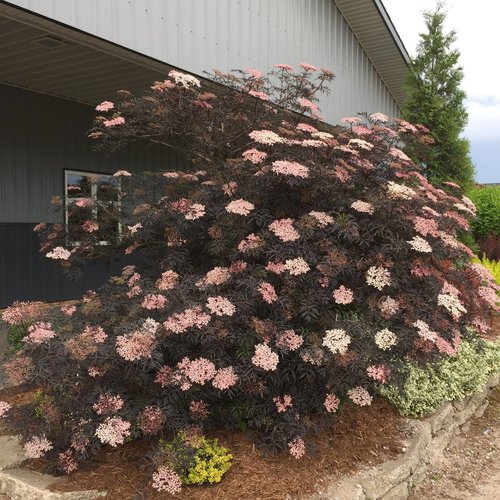
- Black Lace Elderberry Bush with Berries
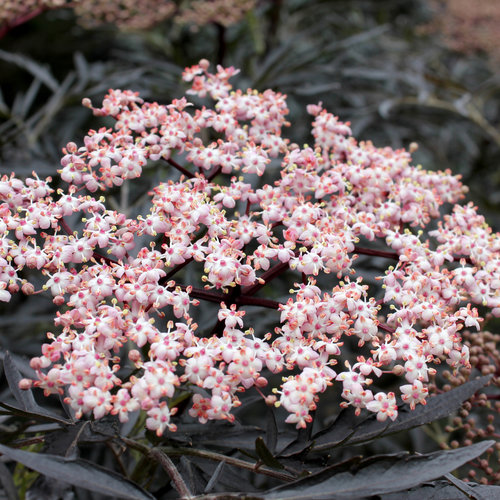
- Black Lace Elderberry Bush in Winter

- Close-up of Black Lace Elderberry Flowers
- Close-up of Black Lace Elderberry Berries
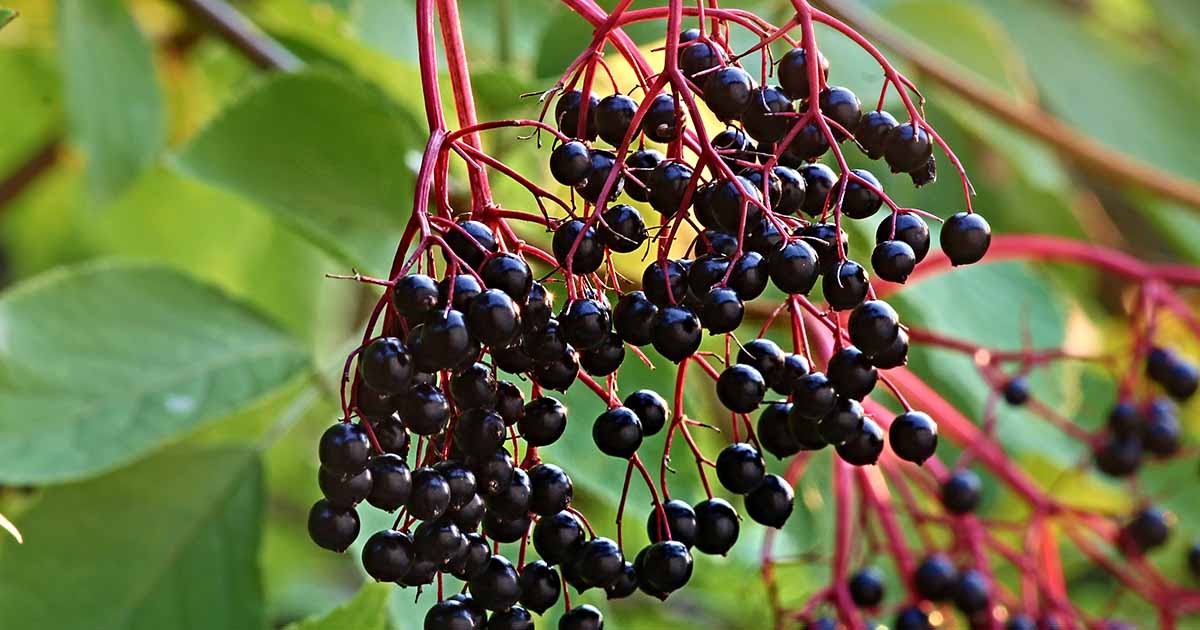
- Black Lace Elderberry Bush in a Garden

- Black Lace Elderberry Bush as a Hedge
- Black Lace Elderberry Bush in a Pot

- Black Lace Elderberry Bush in a Woodland Setting
- Silhouette of Black Lace Elderberry Bush
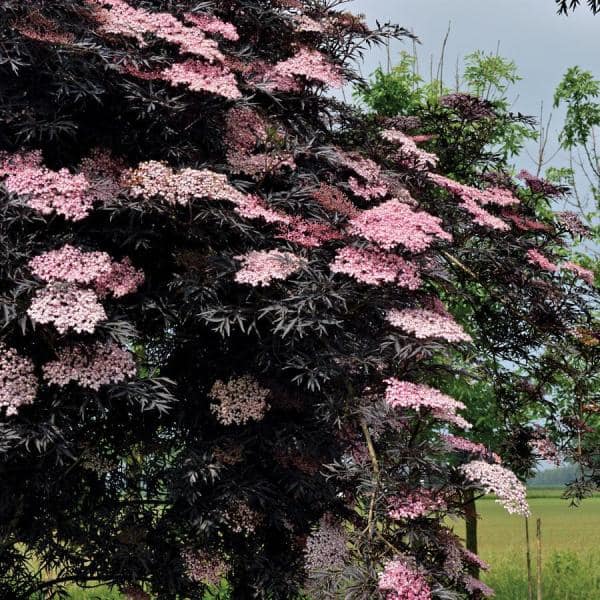
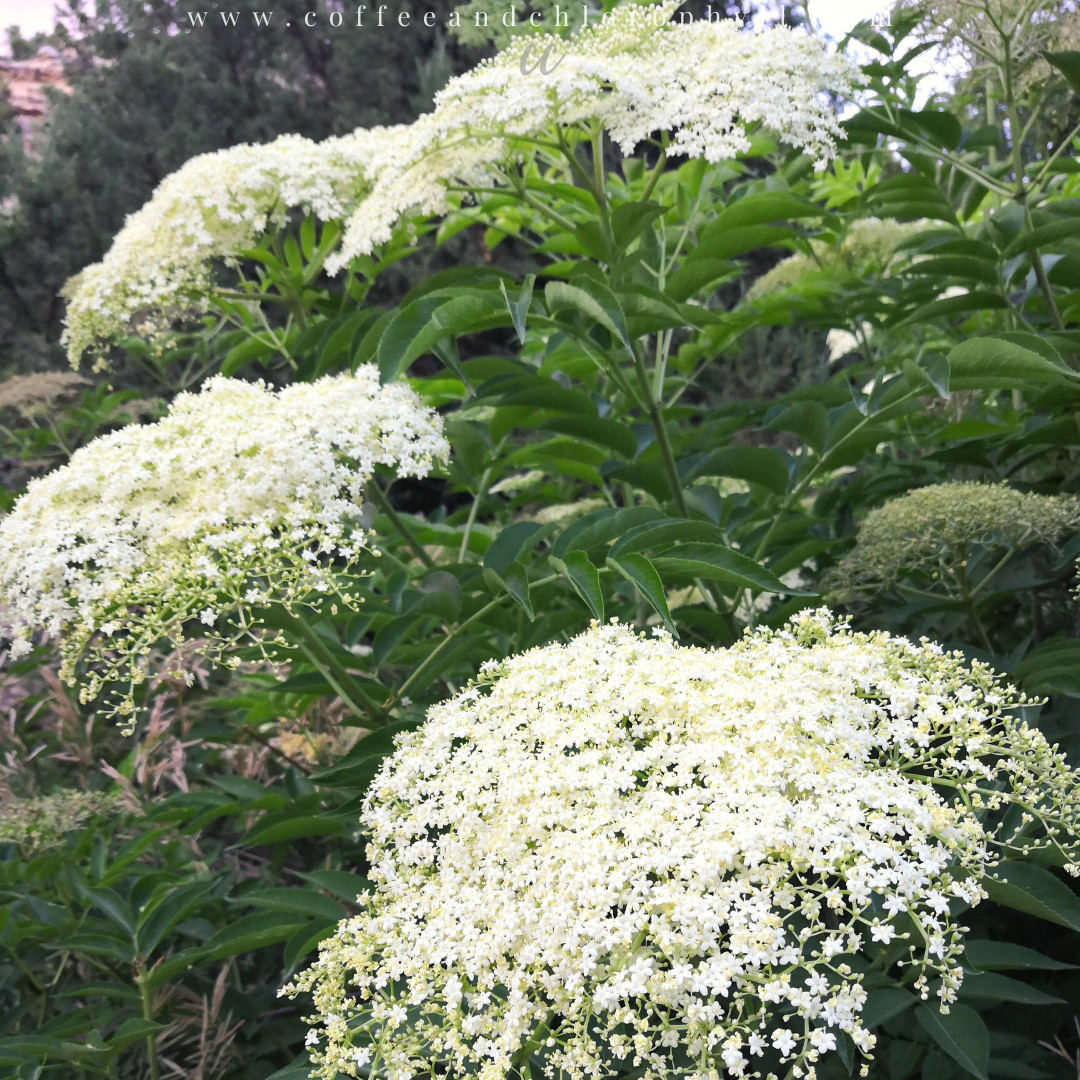
Post a Comment for "How To Grow The Stunning Black Lace Elderberry Bush"